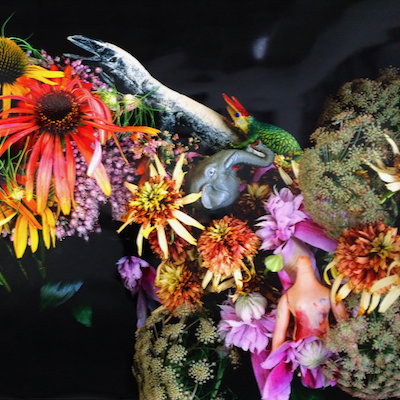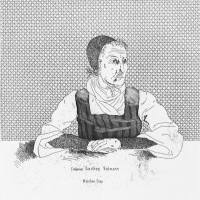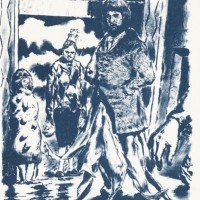
What is a Lambda print?
A Lambda print is produced using a Lambda laser printer, a technology developed by the Durst company. The Durst Lambda was one of the first printers to use digital laser technology to create archival-quality prints. This process, also known as a Lambda c-type print, involves exposing photographic paper to laser light, resulting in high-quality, long-lasting images.
Show All
- Show All
- Established
- Discoveries
Show All
ARTWORKS RELATED TO LAMBDA PRINT
Julian Opie
Still Life with Aubergines and Cucumber, 2001
Limited Edition Print
Lambda print
USD 3,700
Julian Opie
Imagine you are driving (fast)/Olivier w/helmet, 2002
Limited Edition Print
Lambda print
USD 8,000
Julian Opie
Imagine you are driving (fast)/Rio/helmet, 2002
Limited Edition Print
Lambda print
USD 8,990
Koen Vanmechelen
Mechelse Bresse (M) x English Redcap (F),, 2007
Limited Edition Print
Lambda print
EUR 14,000

Modern Realism is an art style that depicts subjects as they exist in reality. Emerging after the development of abstract art, Modern Realism combines traditional realistic representation with modern techniques and approaches. Artists in this style focus on painting or drawing everyday life, portraying realistic subjects with a contemporary perspective.

The New Leipzig School is a movement in modern German painting that represents the third generation of artists associated with the Hochschule für Grafik und Buchkunst Leipzig. This movement reflects the post-reunification landscape of Germany. Unlike the first generation of Leipzig painters, the third generation does not have clear, defined characteristics or messages. Instead, their work blends figurative and abstract elements, placing a strong emphasis on creativity and experimentation.





















